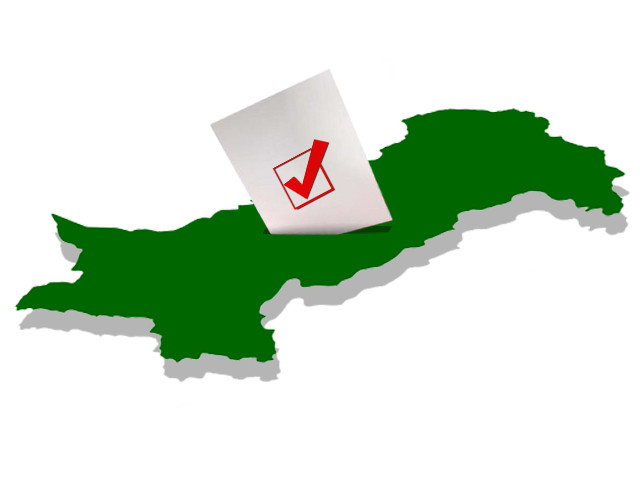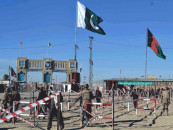elec-tion-ary [Election-in-1985]
Zia’s constitutional amendments.

On December 24, 1981, under a presidential order, a federal council was constituted. DESIGN: EMA ANIS
The Supreme Court verdict of November 10, 1977, in the Nusrat Bhutto case, approved the military takeover and awarded the regime the power to amend the additional office of President of Pakistan on September 16, 1978.
On December 24, 1981, under a presidential order, a federal council was constituted. In this way, limited and controlled political activities were resumed. Consequently, general elections were later held for the National Assembly and four provincial assemblies on 25th February 1985, on non-party basis. Zia rewrote the 1973 Constitution in the form of a provisional constitution order, incorporating 138 of the 280 articles of the 1973 Constitution, amending or deleting others, and adding new ones. His Constitution drew its legitimacy from the Supreme Court verdict and military force.
Addressing the federal council on August 12, 1983, Zia announced his decision to amend the 1973 Constitution even further, thoroughly changing even its basic parliamentary character, to legitimise it through two electoral exercises before ending martial law. One was to hold a referendum that would allow him to continue as president, and the other was to hold general elections that could put a seal of approval on his Constitution.
(Courtesy: Church World Service, Pakistan/Afghanistan and National Assembly of Pakistan)
Published in The Express Tribune, April 20th, 2013.



















COMMENTS
Comments are moderated and generally will be posted if they are on-topic and not abusive.
For more information, please see our Comments FAQ